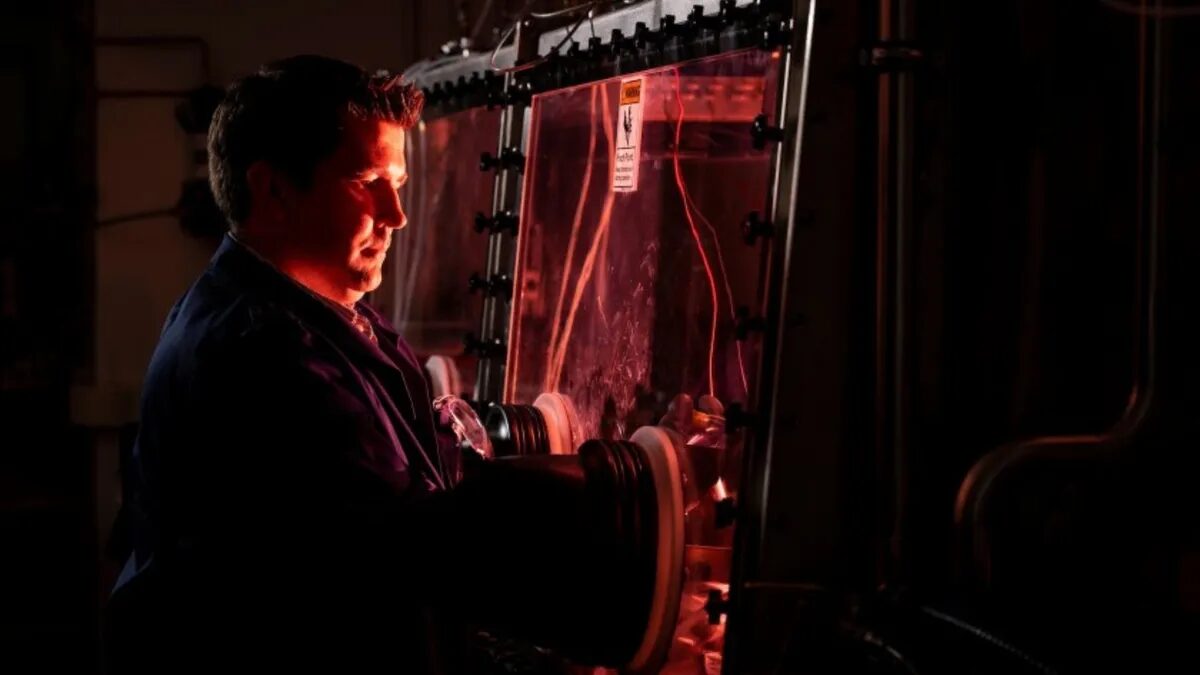
The world is rethinking nuclear power plants in the face of climate change.
Your average plant produces 8,000 times more power than fossil fuels and is environmentally friendly. There's one massive caveat, though, in the form of nuclear disasters, such as the 1986 Chernobyl incident and the 2011 Fukushima disaster.
Now, professor Matthew Memmott and colleagues from Brigham Young University (BYU) announced that they designed a new molten salt micro-reactor system that allows for safer nuclear energy production. As per a press release, it may also solve a number of other key issues related to nuclear energy production.
New solution provides safer nuclear power
The new solution proposed by the BYU scientists will store the leftover radioactive elements in molten salts instead of fuel rods. "Nuclear energy can be extremely safe and extremely affordable, if done the right way," Memmott explained. "It's a very good solution to the energy situation we're in because there are no emissions or pollution from it."
The new micro-reactor proposal would dissolve all of the radioactive byproducts in molten salt. Salt has an incredibly high melting temperature of about 550°C, meaning it doesn't take long for these byproducts to drop below the melting point. The radiated heat is absorbed into the salt, which doesn't remelt, removing the risk of a meltdown.
The products of the reaction are also safely stored within the molten salts, meaning nuclear waste is eliminated. Some of the products can also be extracted and resold. Valuable elements such as cobalt-60, gold, platinum, and neodymium can all be removed from the salt. Molten salt reactors date back to the 1960s, and recent developments have lead to a new surge in experiments, such as the ones at BYU.
Crucially, the molten salts used in the process are also fully reusable. "As we pulled out valuable elements, we found we could also remove oxygen and hydrogen," Memmott said. "Through this process, we can make the salt fully clean again and reuse it. We can recycle the salt indefinitely."
Space solutions to Earth's energy transition
The core of a standard nuclear power plant usually measures approximately 30 ft x 30 ft and is built in an exclusion zone measuring a little over one square mile to reduce the risk of radiation. The BYU scientist's molten salt nuclear micro-reactor would measure 4 ft x 7ft. What's more, as there's no risk of a meltdown, there is no need for a large exclusion zone. According to the research team, their micro-reactor can produce enough energy to power 1,000 typical homes in the U.S.
The micro-reactor can also fit onto a 40-foot truck bed, meaning it is portable and can be used to bring power to remote locations. "For the last 60 years, people have had the gut reaction that nuclear is bad, it's big, it's dangerous," Memmott explained. "Those perceptions are based on potential issues for generation one, but having the molten salt reactor is the equivalent of having a silicon chip [in computing]. We can have smaller, safer, cheaper reactors and get rid of those problems."
Interestingly, work by private space companies may indirectly lead to other similar methods of procuring energy. Another company, Radiant Nuclear, is also working on a portable micro-reactor. That company is run by a former SpaceX employee, Doug Bernauer, who worked on portable nuclear energy solutions for Mars for the private space firm. Unlike the BYU professors, Radiant's solution uses small pellets coated in multiple layers of graphite and a layer of silicon carbide in lieu of a traditional fuel rod.
Both Radiant and the BYU professors believe their work could play a key role in the energy transition by providing safer nuclear power that's easily transportable to remote locations.
Chris Young is a journalist, copywriter, blogger and tech geek at heart who's reported on the likes of the Mobile World Congress, written for Lifehack, The Culture Trip, Flydoscope and some of the world's biggest tech companies, including NEC and Thales, about robots, satellites and other world-changing innovations.



This sounds like a great idea; prototypes of the salt reactor have been in development/use for years as fixed installations.
I have to wonder, how efficient will it be using spent fuel from other reactors? If it cannot use spent fuel then how much energy is expended in the mining tonnes and tonnes of ore and in the separation and refining of enough material to power this thing? Are those financial and energy costs included in the final calculation of efficiency and cleanliness?